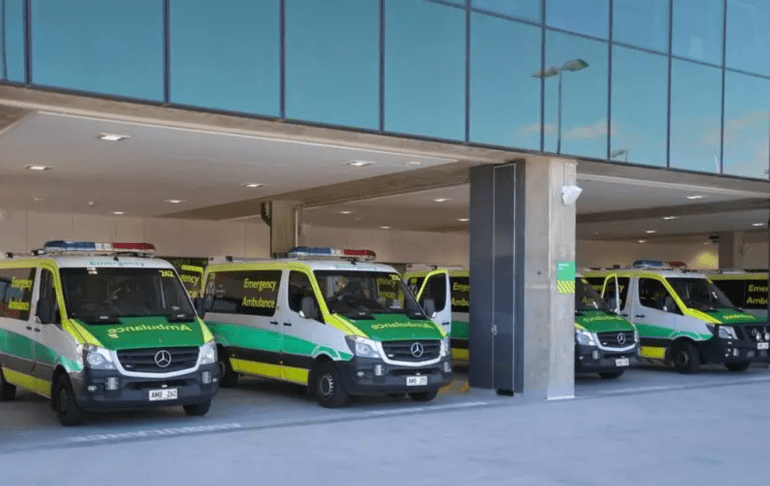TL;DR:
- An independent review in South Australia investigated allegations of improper patient prioritization during the ramping crisis.
- Allegations involved pressure on clinicians to prioritize ambulance patients, but findings refute such claims.
- Data shows non-ambulance arrivals being attended to more promptly, but no evidence of data manipulation.
- The government commits to implementing all five recommendations from the review, including strengthening policies and evaluating organizational culture.
- Dr. Griggs suggests using artificial intelligence to enhance resource allocation across healthcare departments.
- Despite skepticism, Dr. Pope and the Ambulance Employees Association welcome the review’s recommendations.
Main AI News:
In South Australia’s healthcare landscape, machine learning technology emerges as a potential savior for the ongoing ramping crisis. A recent independent review, commissioned by the state government in response to allegations of improper patient prioritization, has delivered its verdict, shedding light on a situation that has long been shrouded in controversy.
Dr. David Pope, a prominent emergency specialist and president of the South Australian Salaried Medical Officers Association, initially raised concerns of undue pressure on clinicians to prioritize ambulance patients over waiting room cases, ostensibly to improve ramping statistics. In a twist of events, the ambulance union later countered these claims, asserting that waiting room patients were given precedence over ambulances. The tragic death of a 54-year-old man, known as Eddie, who waited over 10 hours for an ambulance, cast a grim shadow over these allegations.
The exhaustive examination conducted by Dr. Bill Griggs and Professor Keith McNeil, the authors of the independent report, has, however, failed to substantiate either claim. While the data showed a trend of non-ambulance arrivals being attended to more swiftly than ambulance-conveyed patients, there was no evidence pointing to inappropriate staff directives or data manipulation to present a rosier picture of the ramping situation.
Premier Peter Malinauskas has pledged to implement all five recommendations proposed in the review, which include fortifying relevant policies and initiating a comprehensive evaluation of the organizational safety culture. Dr. Griggs has emphasized the need for improved communication across departments, proposing the utilization of artificial intelligence to optimize resource allocation across information “silos.” He drew parallels with the airline industry, which leverages data effectively to manage staff and resources.
While Dr. Pope expressed reservations about the review’s scope, he welcomed its recommendations, expressing hope that they would address the systemic issues at hand. The Ambulance Employees Association has also embraced the findings, committing to collaborative efforts in implementing the recommended changes.
On the other side of the aisle, opposition health spokeswoman Ashton Hurn criticized the limited face-to-face consultations conducted by Dr. Griggs and Prof. McNeil, characterizing it as an “absolute joke.” She highlighted a doctor’s union survey that interviewed 50 individuals, with 90 percent of respondents reporting having witnessed pressure within the healthcare system. Hurn argued that these findings raise doubts about the absence of systemic pressure in South Australia’s health system, leaving the public skeptical about the situation.
Conclusion:
The findings of the independent review offer clarity in South Australia’s healthcare crisis, debunking allegations of improper patient prioritization. Machine learning and improved resource allocation hold promise for enhancing patient care. This situation underscores the importance of data-driven decision-making in the healthcare market, potentially leading to more efficient and transparent healthcare systems.

